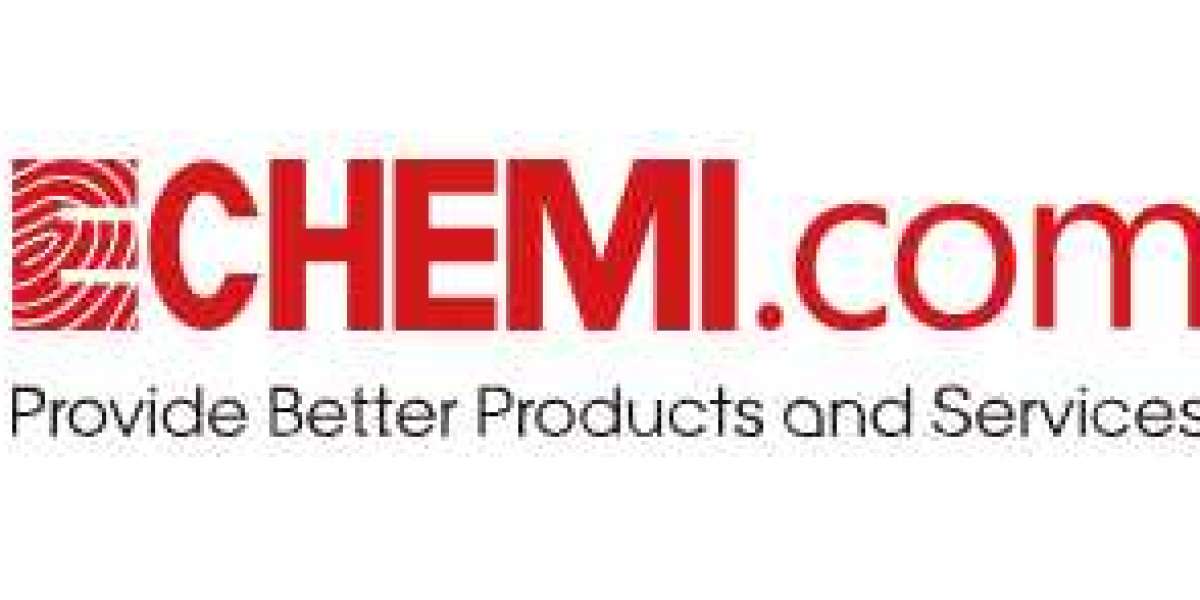Chemical separation techniques are vital processes used in various industries to isolate and purify substances from complex mixtures. This comparison guide provides a brief overview of different chemical separation techniques to aid in selecting the most suitable method for specific separation needs.
Distillation: Distillation is a widely used separation technique based on the differences in boiling points of components in a mixture. It involves heating the mixture to vaporize components, then cooling and condensing the vapors to obtain purified substances. Distillation is effective for separating liquids with distinct boiling points.
Filtration: Filtration is a method for separating solids from liquids or gases using a porous medium to trap solid particles while allowing liquids or gases to pass through. Filtration is commonly used for separating suspended solids from liquids or gases in various industrial processes.
Extraction: Extraction involves transferring a solute from one phase to another using a suitable solvent. This technique is effective for separating compounds based on differences in solubility. Liquid-liquid extraction and solid-phase extraction are commonly used methods in chemical separations.
Chromatography: Chromatography is a versatile separation technique used to separate components of a mixture based on their different affinities for a stationary phase. Various types of chromatography, such as gas chromatography (GC) and high-performance liquid chromatography (HPLC), are employed for analytical and preparative separations in chemical analysis.
Crystallization: Crystallization involves the formation of pure solid crystals from a saturated solution by cooling or evaporation. This technique is widely used for purifying solids from solutions and separating compounds based on differences in solubility at different temperatures.
Centrifugation: Centrifugation is a separation technique that applies centrifugal force to separate particles of different densities in a mixture. It is commonly used for separating solids from liquids or for separating components of different densities in a suspension.
Membrane Filtration: Membrane filtration utilizes semi-permeable membranes to separate substances based on differences in size, molecular weight, or solubility. Techniques such as reverse osmosis, ultrafiltration, and nanofiltration are used for separating molecules and particles in liquids.
By understanding the principles and applications of these chemical separation techniques, researchers, engineers, and scientists can choose the most appropriate method for their specific separation requirements. Each technique offers unique advantages and limitations, and selecting the right method is crucial for achieving efficient and effective separation processes in various chemical and industrial applications.






